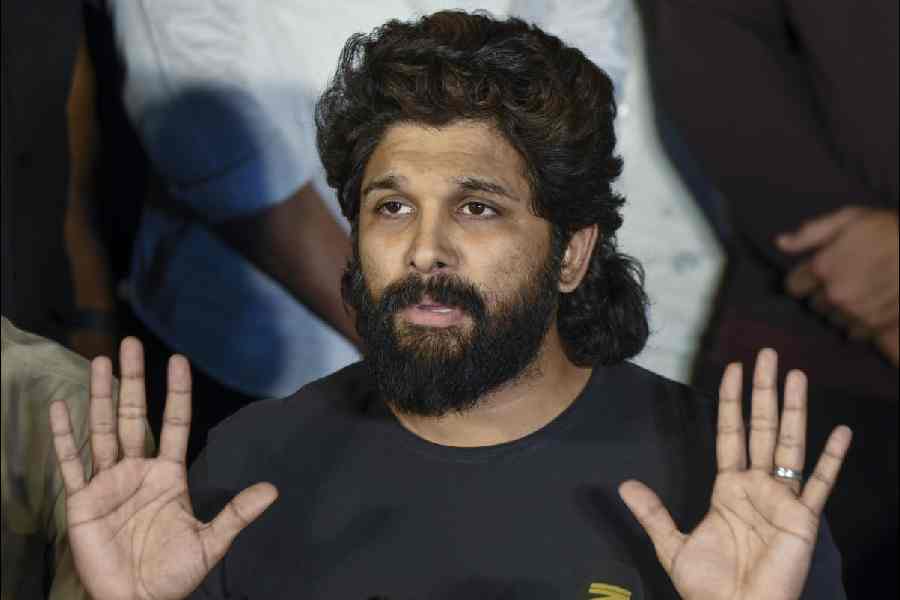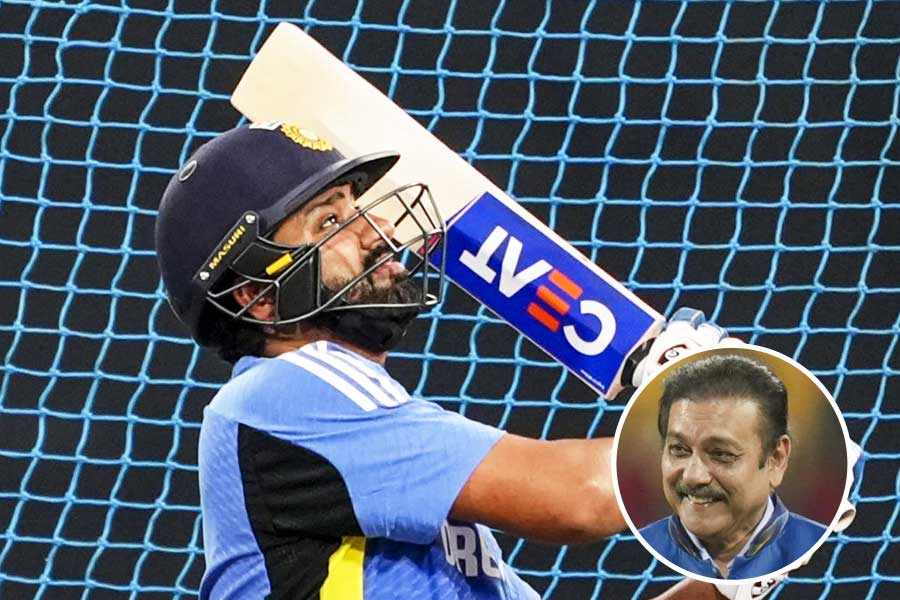Book: THE LONG STRIDER IN JEHANGIR’S HINDUSTAN : IN THE FOOTSTEPS OF THE ENGLISHMAN WHO WALKED FROM ENGLAND TO INDIA IN THE YEAR 1613
Authors: Dom Moraes and Sarayu Srivatsa
Published by: Speaking Tiger
Price: Rs 499
Ever since as a schoolboy, the Indian writer and poet, Dom Moraes, had read about Thomas Coryate, he “had an obsessive desire” to write a book on him. It finally materialised as The Long Strider in Jehangir’s Hindustan with Sarayu Srivatsa, the architect and city planner, as the co-author.
The braided narrative structure serves the book well as it not only helps the reader understand the maverick traveller, Coryate —he walked thousands of miles from England to India —but also highlights what Moraes and Srivatsa note about their travels to different parts of India in search of Coryate’s footprints.
Coryate was from Odcombe, Somerset. “He travelled on foot, as was his habit, with the loose shambling countryman’s stride that had made miles drop away behind him all his life.” He liked to call himself the “Odcombensien Leg-Stretcher” and harboured a desire to travel to the Middle East, India, and China, which ultimately “manifested when his father died.”
Penniless but determined, he set off. He had already written a book called Crudities. But this time, he wanted to “write a great book on the Indies, better than” his last one, as the co-authors note in the first chapter of the book. Some parts of the book about Coryate are cumbersome to read, but the narrative grows on the reader, and it helps that the three people, Coryate, Moraes, and Srivatsa, co-create parallel journeys
of their times mimicking their struggles. For example, Coryate had needed material help, much like the co-authors who were trying to manage finances to write this book. This ‘search’ for the means, therefore, becomes a literary device.
Coryate’s exploration made him eager to meet the Padshah Salamat, Jehangir, who was in the throes of another Englishman eager to kickstart trade with him — Thomas Roe. If one were to read history between the lines, then one should read Moraes and Srivatsa’s book alongside Nandini Das’s Courting India: England, Mughal India and the Origins of Empire, which won the British Academy Book Prize for Global Cultural Understanding last year. In Courting India, Das writes “Thomas Coryate was that rare creature among the Englishmen in India in this period — a traveller for pleasure.” Roe, who was “the accredited ambassador of King James I of England [and] was given the first official audience by the Emperor Jehangir on January 10th, 1616, AD,” however, had a different viewpoint of Coryate. According to him, Coryate was putting his position in jeopardy by asking the Mughal ruler for money. The co-authors note Roe’s laments: “Jehangir knows now that an Englishman may turn into a filthy fellow such as you are.”
The book examines much more than it appears to do. It, for instance, chronicles India’s changing landscape. The many conversations that the co-authors have with several people, including their driver, Joginder, and a guide named Juzer, are pivoted on a central query: has India changed or remained the same as what Coryate had observed?










